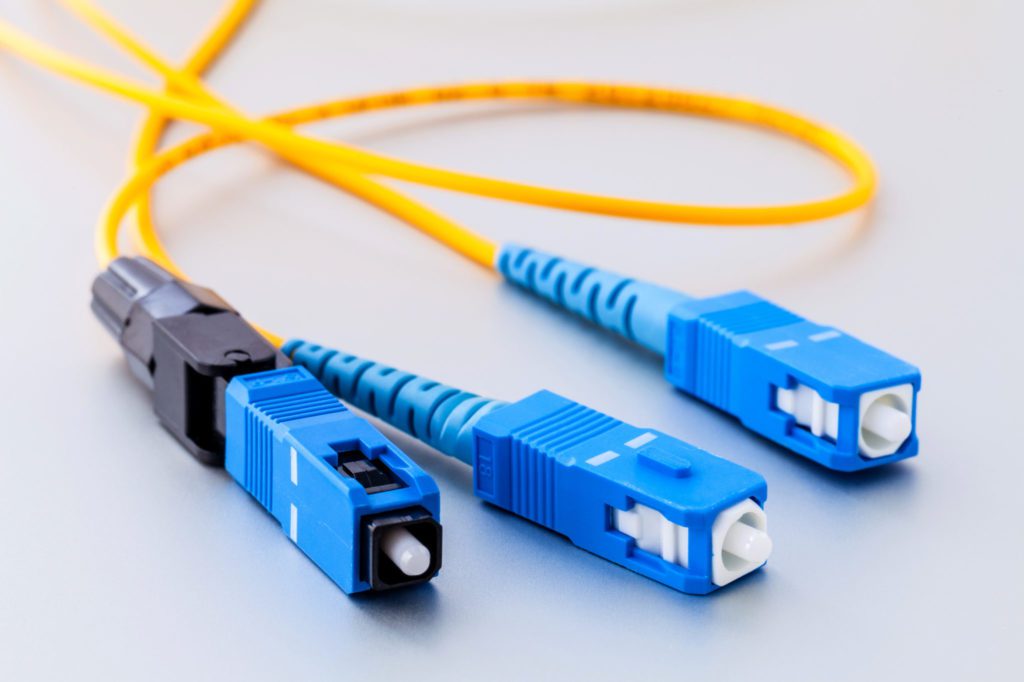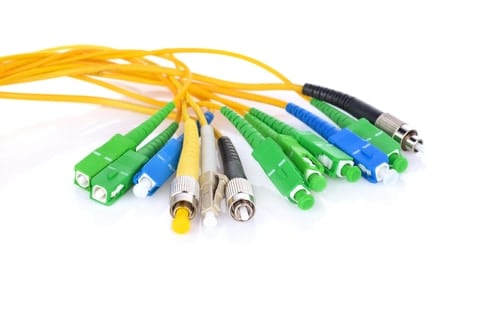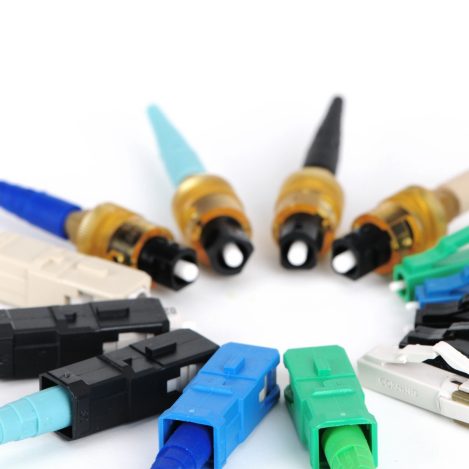The Role of Fiber Optic Connectors in Data Transmission
Unveiling Fiber Optic Connectors
Fiber optic connectors, also known as fiber optic couplers or terminations, are vital components in the realm of data transmission. Their primary function is to ensure seamless connectivity and facilitate efficient information transfer within optical fiber technology. These connectors play a crucial role in maintaining the integrity of data as it travels across fiber optic cables, contributing to the overall reliability and performance of telecommunication and internet connectivity systems.
Types of Fiber Optic Connectors
Single-mode Connectors
Single-mode connectors, also known as optical fiber connectors, are specifically designed for long-distance data transmission utilizing a single ray of light.
These connectors are highly efficient and are widely utilized in telecommunication and internet connectivity systems due to their capability to carry data over extended distances.
Multi-mode Connectors
Conversely, multi-mode connectors, or fiber optic terminations, are more suitable for short-distance data transmission and find common usage in LAN (Local Area Network) and data center applications.
They serve as cost-effective solutions for optimizing data transmission efficiency within local networks, contributing to the seamless flow of information.
It's important to choose the right type of fiber optic connector based on the specific requirements of the data transmission system to ensure optimal performance and reliability.
Significance in Telecommunication and Internet Connectivity
Enhancing Data Transmission
Fiber optic connectors play a pivotal role in ensuring high-speed data transmission within telecommunication networks. Their advanced design and technology enable the efficient transmission of large volumes of data, contributing to the seamless operation of internet connectivity. By utilizing fiber optic connectors, telecommunication systems can achieve enhanced data transfer rates, supporting the growing demand for faster and more reliable network performance.
Reliability in Network Connectivity
The reliability of fiber optic connectors is paramount in maintaining uninterrupted network connectivity within the telecommunication industry. These connectors are engineered to withstand various environmental factors, ensuring consistent and dependable internet connectivity for users. This resilience contributes to the overall reliability of telecommunication services, safeguarding against disruptions and downtime that could impact critical communication systems.
Optimizing Data Transmission Efficiency
Fiber optic connectors are instrumental in optimizing data transmission efficiency, ensuring seamless communication and information transfer within networks. This optimization is vital for maintaining high data transmission efficiency in various networking environments.
Minimizing Data Loss
Minimizing data loss during transmission is a critical function of fiber optic connectors. By doing so, these connectors ensure the integrity of the transmitted information, contributing to the overall reliability of data communication. This capability is essential for maintaining high-efficiency data transmission in diverse networking environments.
Maximizing Bandwidth Utilization
The use of fiber optic connectors maximizes bandwidth utilization, allowing for efficient data transmission within networks. This optimization not only supports the seamless flow of data but also enhances the overall performance of telecommunication and internet connectivity systems by making the most effective use of available bandwidth.
Exploring Diverse Fiber Optic Cable Types
When it comes to fiber optic technology, the type of cable used plays a significant role in determining the efficiency and effectiveness of data transmission. Let's delve into the different types of fiber optic cables and their respective applications.
Single-mode Fiber Optic Cables
Single-mode fiber optic cables are specifically designed for long-distance data transmission with minimal signal loss. These cables are crucial in telecommunication networks where the need for efficient data transmission over extended distances is paramount. Their ability to maintain signal integrity over long distances makes them an ideal choice for ensuring reliable communication within vast network infrastructures.
Multi-mode Fiber Optic Cables
On the other hand, multi-mode fiber optic cables are more suitable for short-distance data transmission within local area networks (LANs). Their cost-effective nature makes them an ideal choice for optimizing data transmission efficiency in various networking environments, especially where high-speed connectivity over shorter distances is required. The versatility of multi-mode fiber optic cables makes them a practical solution for supporting seamless information flow within localized network setups.
The Role of Fiber Optic Connectors
Fiber optic connectors are integral to the seamless operation of data transmission systems, ensuring efficient connectivity and information transfer. These components, including fiber optic couplers and terminations, play a pivotal role in maintaining the integrity and reliability of optical fiber technology. By facilitating high-speed data transmission and minimizing signal loss, fiber optic connectors contribute to the optimization of telecommunication and internet connectivity systems.
See Also
The Advantages of Hybrid Fiber Optic Adapters Explained
Understanding the Benefits of OM1, OM2, OM3, and OM4 Multimode Fiber Patch Cables
Understanding the Role of Blockless PLC Splitters in FTTX and PON Networks
Understanding the Uses and Maintenance of Outdoor Optic Cables for Efficient Networking
The Future of Fiber Optic: Investigating the Advantages of 24 Fiber MPO Cables
About US
Follow Us
AnetFiber company's main products are indoor and outdoor optical fiber cables, outdoor waterproof pre-connected fiber-to-the-home products, PLC optical fiber splitters, optical fiber jumpers and pigtails, MTP®/MPO high-density big data product solutions, optical fiber field quick connectors and research and development molding, injection molding and production of optical fiber distribution boxes, optical fiber chassis cabinets, the market has expanded to the world, Europe, America, Asia, the Middle East and Latin America.
Address
Shenzhen City, Baoan District, Yanluo Street, Tangxiayong Community, Yangyong Industrial Road, Tonggangda New Energy Vehicle Park 406
Contacts
+86 199 2655 3586




